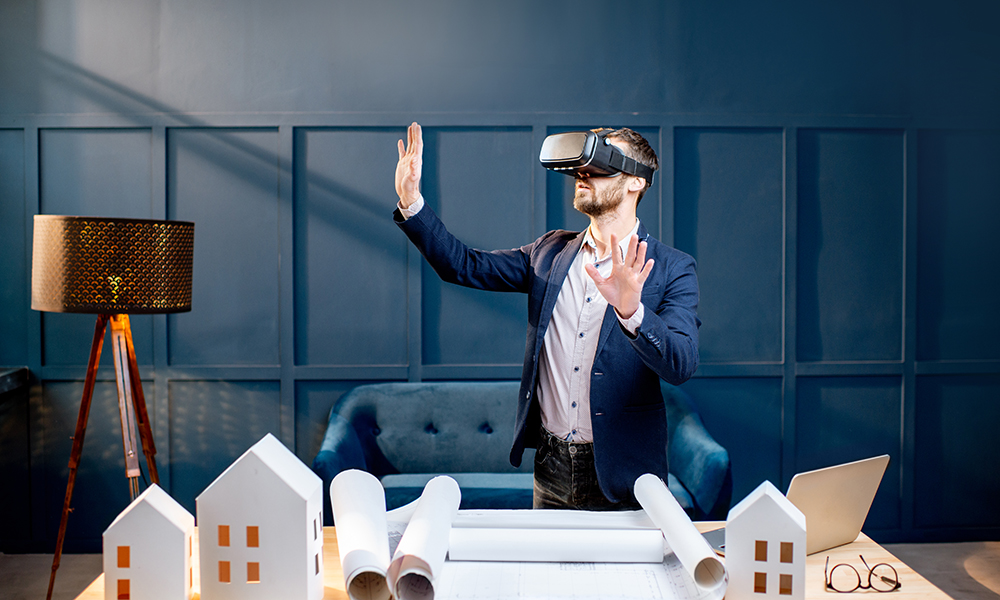
AR and VR are particularly useful in the design and planning phases.
The construction industry has always been at the forefront of adopting technology to improve efficiency and increase workflow. In recent years, the industry has seen a significant shift towards the use of augmented reality (AR) and virtual reality (VR) technologies to get the job done, and it is a trend that will likely continue in the years to come.
According to the Fortune Business Insights report, the global virtual reality market is expected to grow from $6.30 billion in 2021 to $84.09 billion by 2028.
AR and VR technologies provide the construction industry with more than a simple tool to aid daily operations. They provide users with immersive and interactive experiences, allowing them to visualise different aspects of a project and identify potential issues before they occur. By giving construction stakeholders a different perspective, these technologies save time, money, and resources by streamlining the construction process.
In addition to traditional building methods, AR and VR are particularly useful in the design and planning phases. By creating a 3D building model, construction professionals can use AR and VR to visualise the structure in various ways. This includes simulating how sunlight interacts with the building for a day, allowing engineers and architects to ensure that a building is energy-efficient.
Using AR and VR headsets, developers, engineers, and architects can navigate construction sites, interact with structures, and identify potential issues before construction begins. This can drastically reduce the number of site visits needed, saving both time and money.
Furthermore, AR and VR can significantly improve communication and collaboration among construction stakeholders. Most construction projects involve a diverse group of professionals, such as architects, engineers, contractors, and investors. AR and VR technologies allow these stakeholders to collaborate in a seamless, interactive environment, thereby decreasing any conflict and increasing the likelihood of a successful construction project.
There is also increased safety, particularly during construction and maintenance, with AR and VR technologies. These technologies can create virtual training simulators for workers, preparing them for potential hazards on the job site. Rather than putting themselves in harm’s way, workers can navigate possible scenarios safely and learn from any mistakes made in the virtual world.














